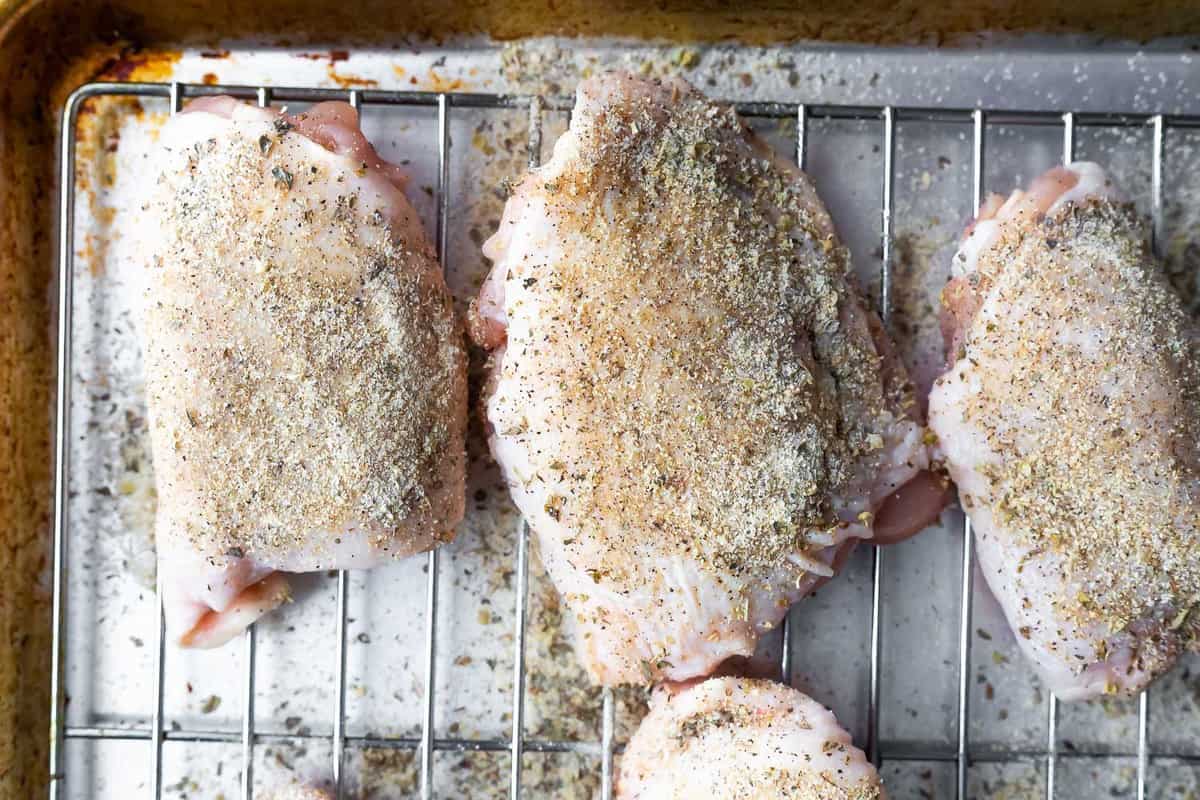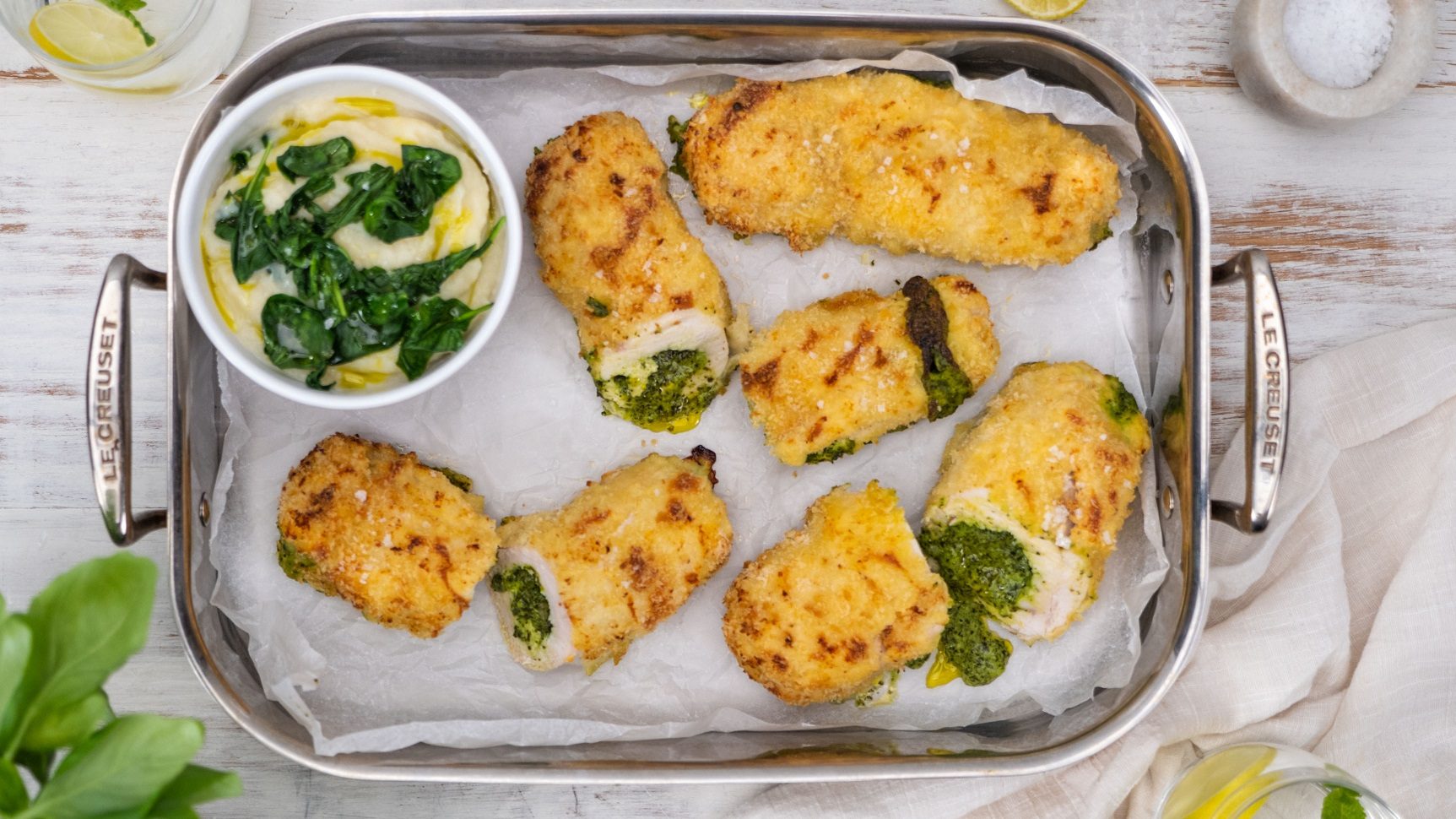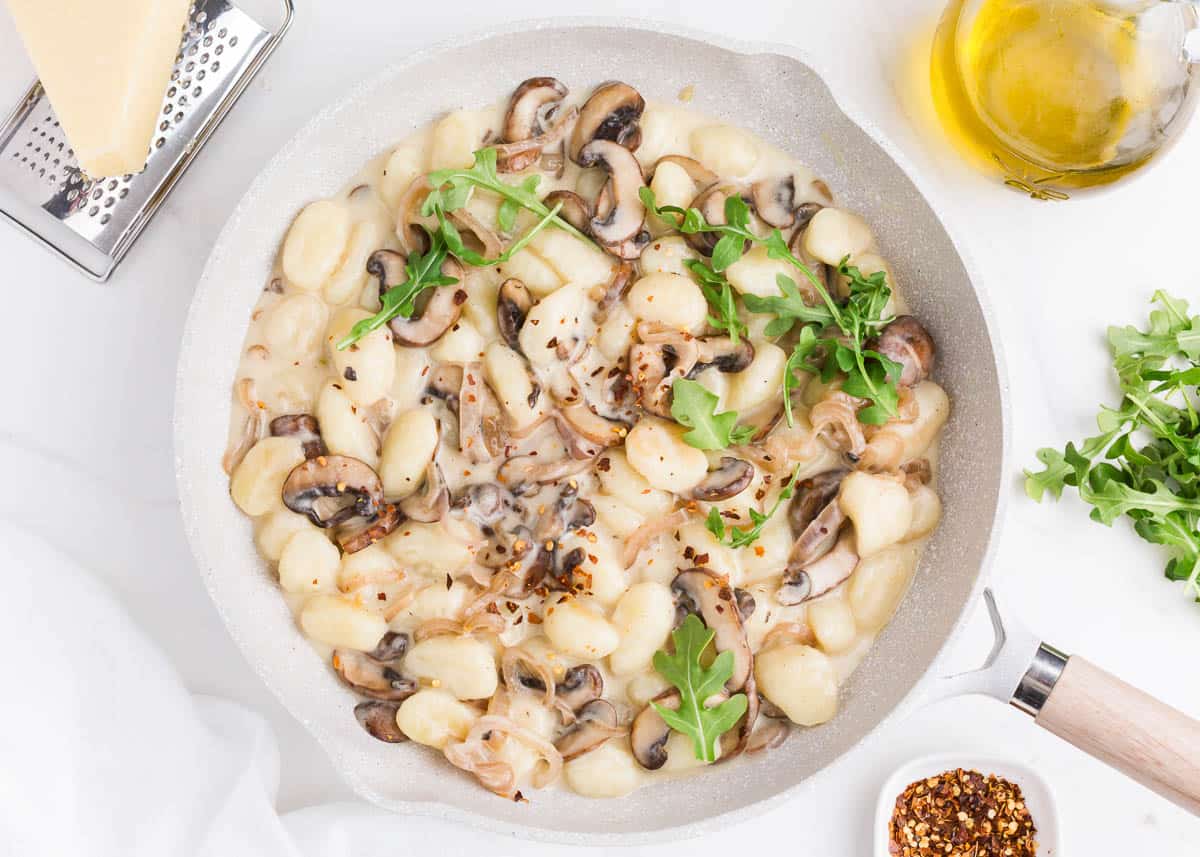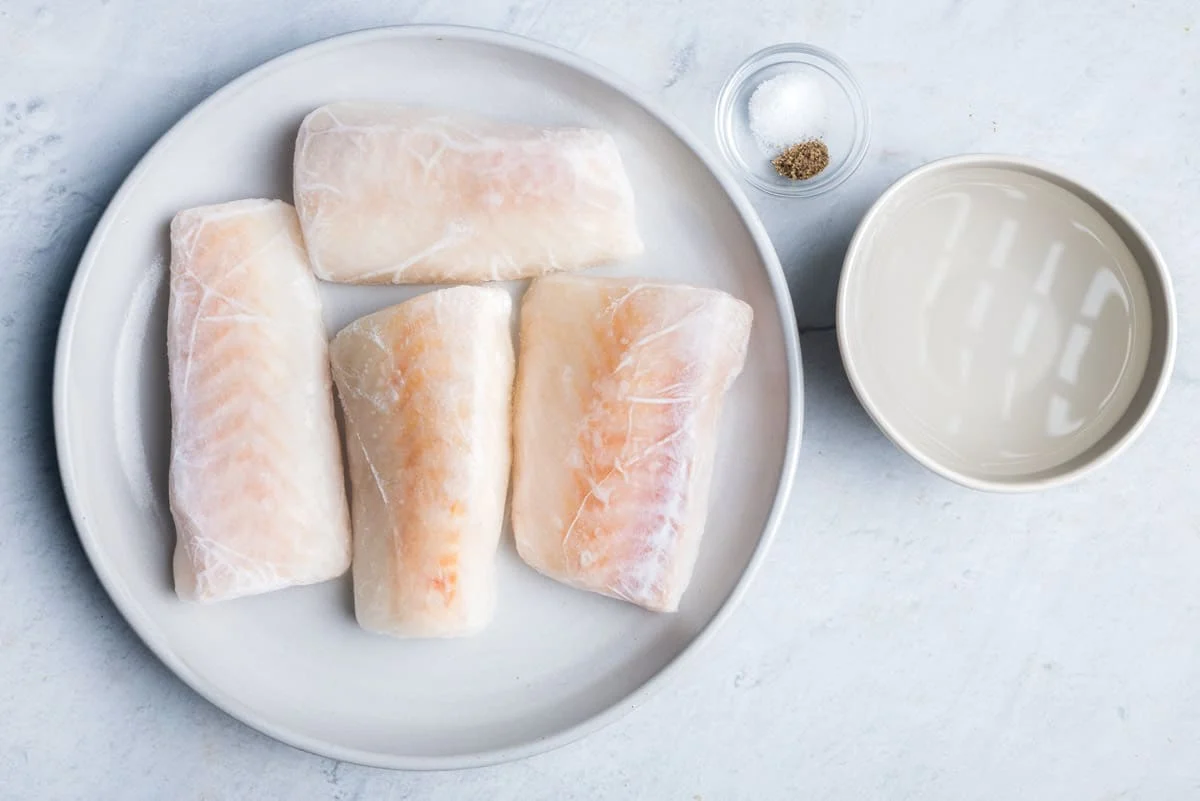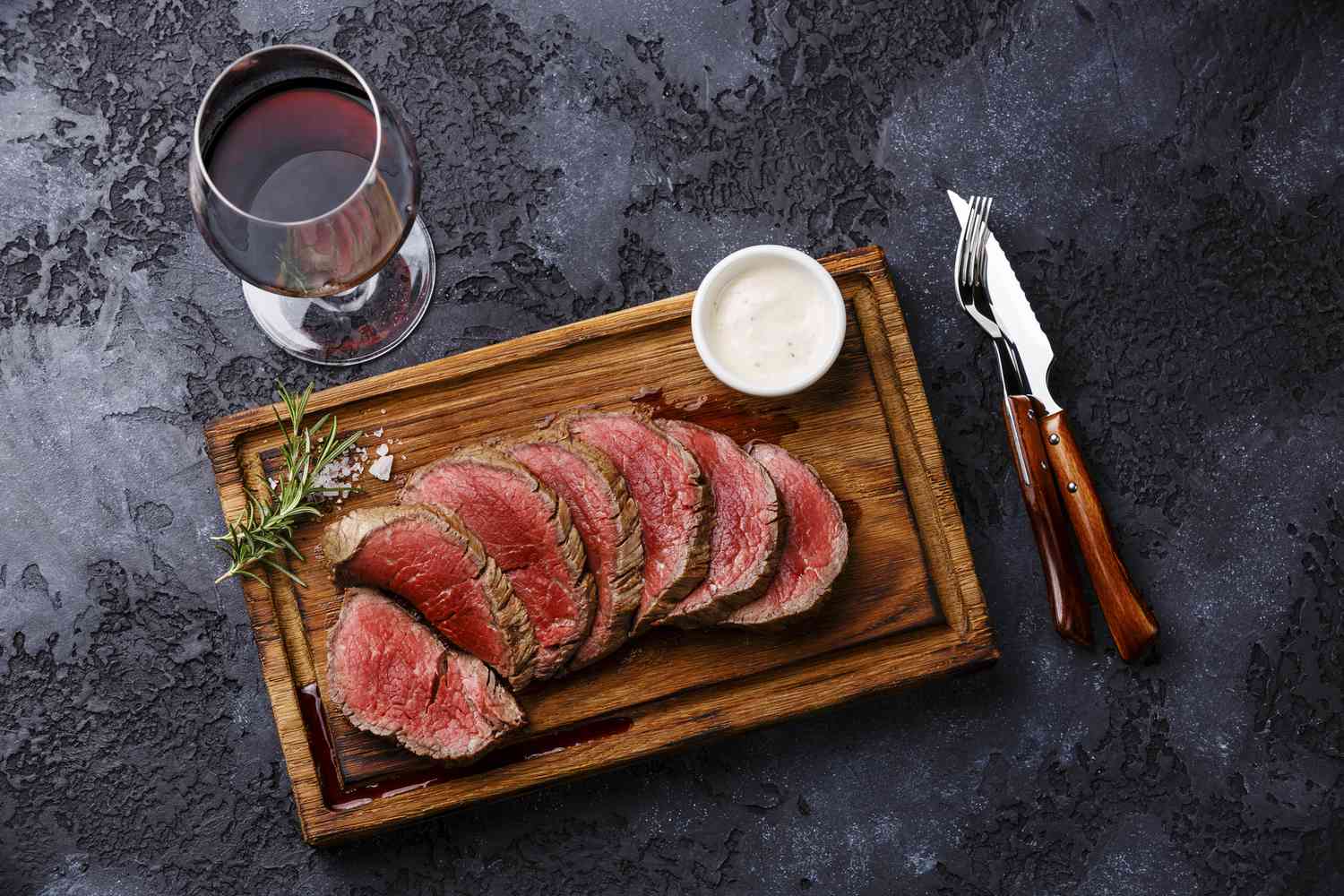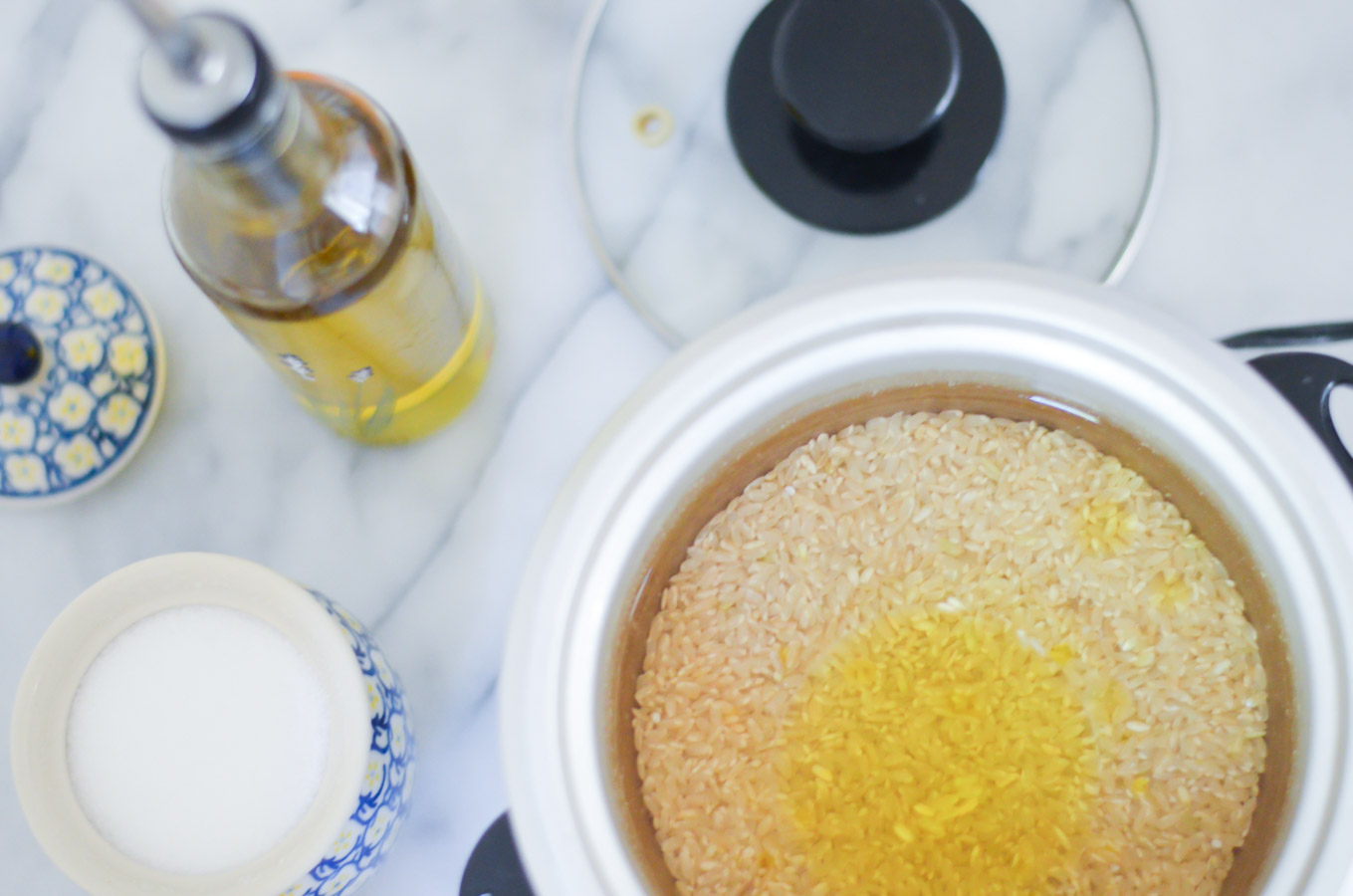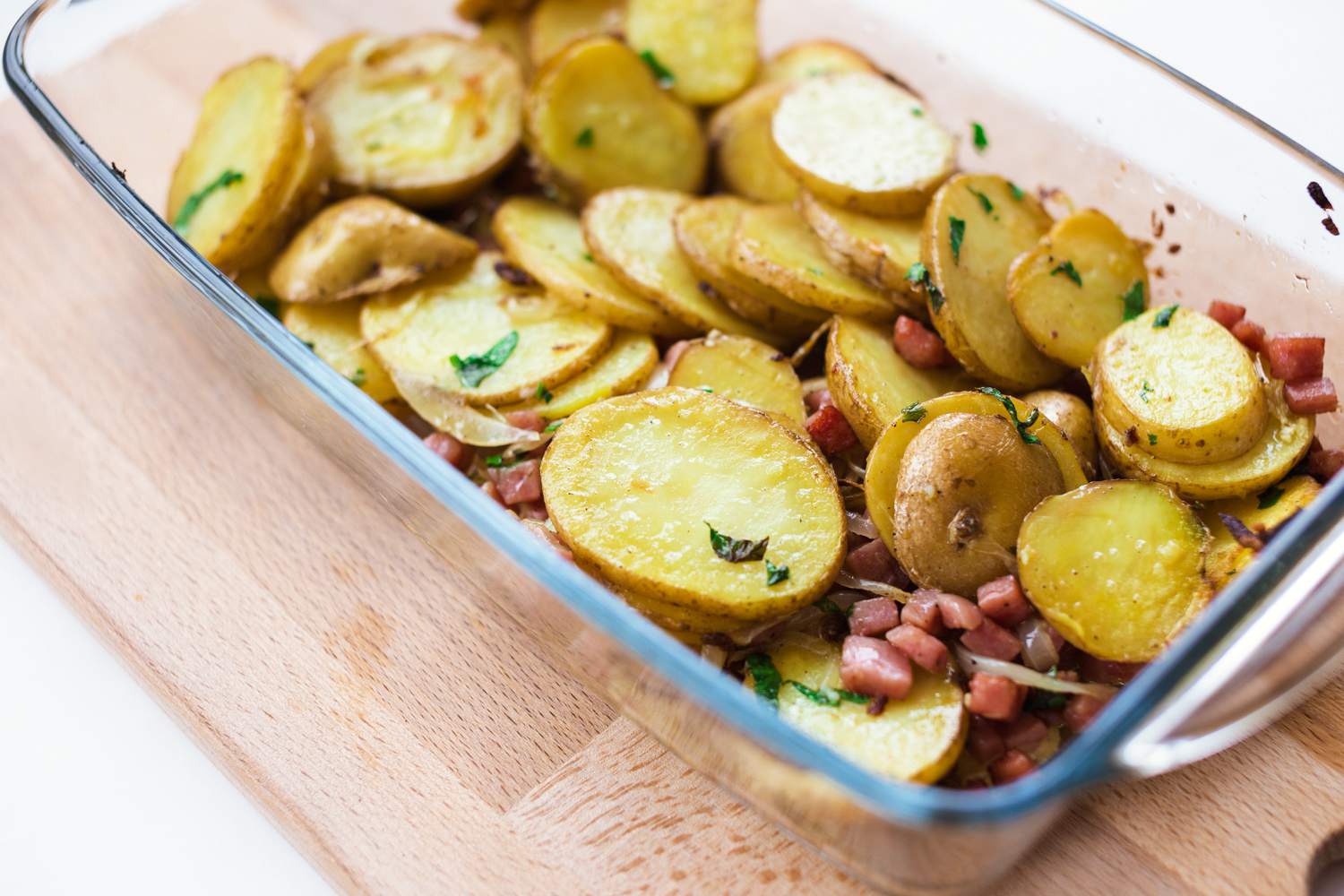Discover the Quick and Easy Way to Cook Buttercup Squash in the Microwave
Buttercup squash is a delicious and versatile vegetable that can be used in a variety of dishes. While traditionally baked or roasted, did you know that you can also cook this tasty squash in the microwave? It’s a quick and convenient method that helps retain its natural flavor and nutrients. In this blog post, we’ll take you through the steps to cook buttercup squash in the microwave, giving you a simple, time-saving recipe to enjoy this nutritious vegetable.
Why Choose to Cook Buttercup Squash in the Microwave?
The microwave is a fantastic appliance that allows for fast and efficient cooking. When it comes to buttercup squash, using the microwave has several advantages:
- Speed: Cooking buttercup squash in the microwave saves you valuable time. In just a few minutes, you can have perfectly cooked squash ready to be used in your favorite recipes.
- Nutrient Retention: Microwave cooking preserves the natural flavors and nutrients of the buttercup squash. This method helps retain the squash’s vibrant color and texture, ensuring a healthy and delicious meal.
- Convenience: Using the microwave is convenient, especially when you’re short on time or don’t have access to an oven. You can easily cook buttercup squash anytime, regardless of your kitchen setup.
Step-by-Step Guide to Cooking Buttercup Squash in the Microwave
Follow these simple steps to cook buttercup squash using your microwave:
- Prepare the squash: Start by washing the buttercup squash thoroughly and patting it dry. Use a sharp knife to cut the squash in half, lengthwise. Scoop out the seeds and stringy pulp from the center.
- Place the squash: Take a microwave-safe dish and place the buttercup squash halves in it, cut side down. Add a small amount of water to the dish, about 1/4 inch deep. This will create steam and help cook the squash evenly.
- Microwave on high power: Cover the dish with a microwave-safe lid or microwave-safe plastic wrap. Cook the squash on high power for about 10-12 minutes, or until the flesh is soft and easily pierced with a fork. Cooking time may vary depending on the size and wattage of your microwave, so keep an eye on it.
- Let it cool: Carefully remove the dish from the microwave using oven mitts or potholders, as it will be hot. Allow the squash to cool slightly before handling.
- Scoop out the flesh: Once the squash has cooled, flip it over and use a spoon to scoop out the cooked flesh. The vibrant orange-colored flesh is now ready to be used in a variety of dishes, from soups and stews to risottos and salads.
Now that you know how to cook buttercup squash in the microwave, you can easily incorporate it into your favorite recipes. Whether you use it as a standalone side dish or as an ingredient in other dishes, buttercup squash adds a delightful taste and nutritional value to your meals. Give this quick and easy method a try and enjoy the convenience of microwave cooking without compromising on flavor or quality.
Remember, experimentation is key in the kitchen. So, feel free to add your own twists and seasonings to make your buttercup squash truly unique and tailored to your taste buds. Happy cooking!
For those looking to utilize their newfound skills from the guide on cooking buttercup squash in a microwave, several recipes stand out. The Buttercup Squash Risotto offers a creamy and flavorful dish that's perfect for a cozy night in. If you're in the mood for something with a bit of a twist, the Buttercup Squash and Black Bean Tacos provide a delightful blend of textures and flavors. For pasta lovers, the Buttercup Squash and Sage Pasta combines the earthy taste of sage with the sweetness of the squash, making it a must-try. And for a heartwarming meal, the Buttercup Squash and Apple Casserole pairs the squash with apples for a sweet and savory delight. Finally, don't miss out on the Buttercup Squash Gratin, which adds a cheesy, crispy topping to the tender squash, making it an irresistible side dish.
Was this page helpful?
Read Next: How To Cook Pork Belly On Grill
